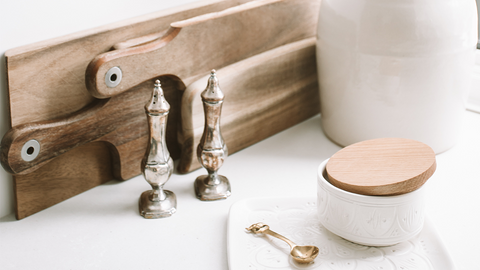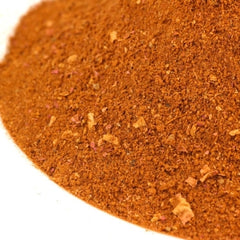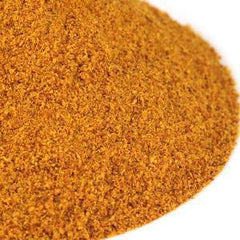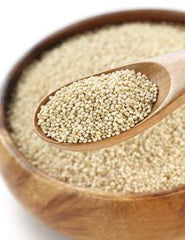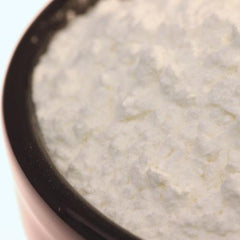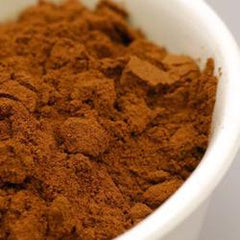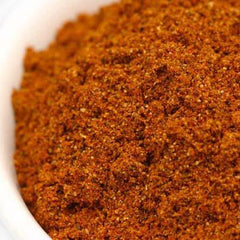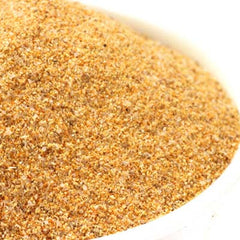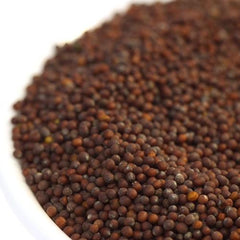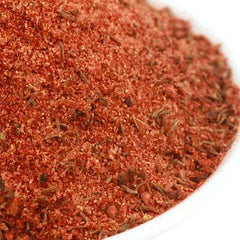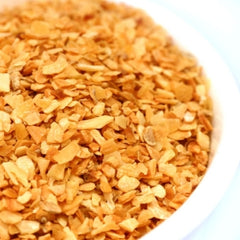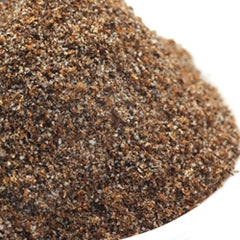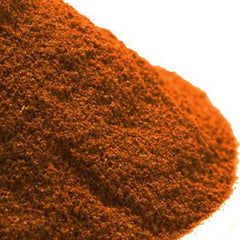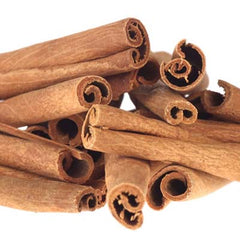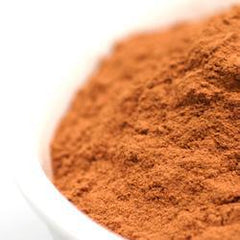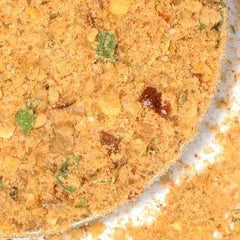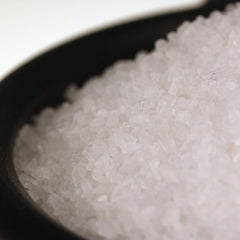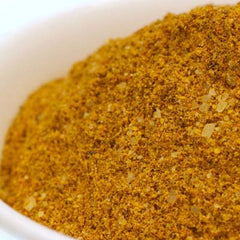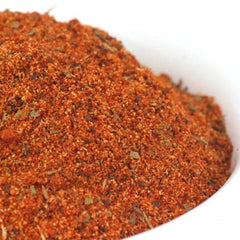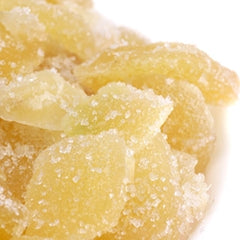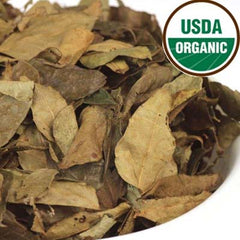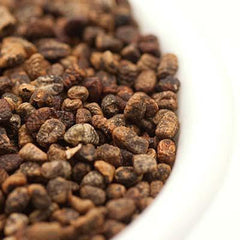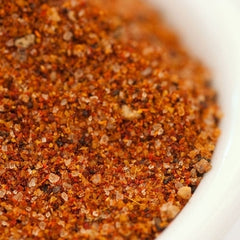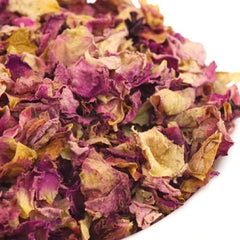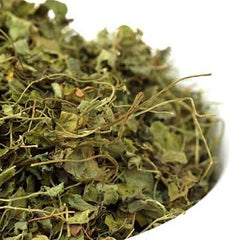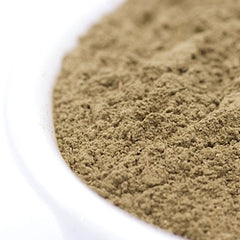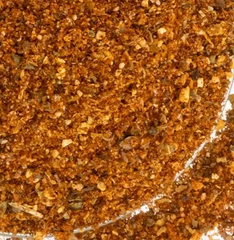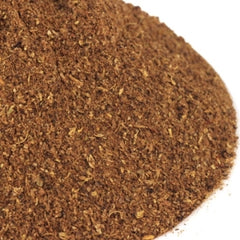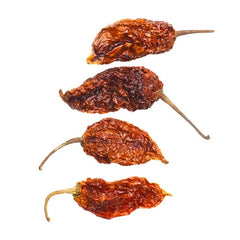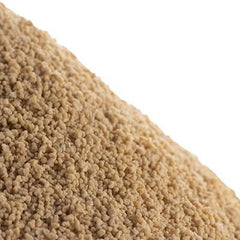Categories
- Cookware
- Bakeware
- Cutlery
- Coffee Machines and Accessories
- Smoked Cocktail and Food Tools
- Personal Care
- Wellness Mats
- Made In
- Kettles
- Greeting Cards
- Kikuichi Cutlery
- Marcato
- Smithey Ironware
- Cheese
- Funky Chunky
- Millican Pecan
- Porter Road
- Xocolatl Small Batch Chocolates
- Heritage Steel
- Middleton Made Knives
- Diabetic Kitchen
- Chocolates
- Water Filtration Systems
- Copper State Forge
- Preparation, Organization & Storage
- Butcher Block/Cutting Boards
- Textiles, Towels and Aprons
- Fruit & Vegetable Tools
- Food
- Artisanal Spice Shop
- Brining, Basting & Roasting
- Tongs
- Cleaning & Sanitizing
- Spatulas & Turners
- Smoked Food Tools
- Ceramic & Glass
- Cheese Brothers
- Asheville Tea Company
- Coffee
- Specialty Tools
- Wine & Bar Accessories
- Seafood Tools
- Chocolates
- Coffee Makers
- Coffee & Tea Accessories
- Ladles, Whisks & Spoons
- Bitters & Mixers
- Grilling
- Measuring Cups & Spoons
- Serving Tools
- Zesters & Graters
- Coasters & Magnets
- Openers, Funnels & Strainers
- Oil & Vinegar
- Scales
- Temperature & Time
- Salt and Pepper Mills, Storage & Shakers
- Kitchen Appliances
- Bowls
- Flavoring & Food Coloring
- Vitamix
- Egg & Butter Tools
- Chef Apparel
- Anti-Fatigue Mats
- Jura
- Leather Accessories
Featured posts
Ground Mace (ounce)
Mace comes from the same tree as the better known spice - Nutmeg. Nutmeg isn't actually a nut, but the kernel of an apricot-like fruit. Mace is the second spice of this tree and is an aril or thin lacy covering of the nutmeg seed or fruit. Indigenous to the Banda Islands (one of the Spice Islands), the nutmeg tree is a large evergreen that grows up to 60 feet tall. The tree produces "fruit" starting in its seventh year and may continue through its 90th year. The "fruits" are harvested using long poles with nets on the end and then the Mace is separated from the inner nutmeg seed.
The aroma of Mace is mildly nutty, sweet and warm while the flavor is warm, aromatic with hints of lemony sweetness -similar to nutmeg, yet more delicate. Mace and nutmeg are often substituted for one another but we prefer mace when the dish requires a lighter flavoring and to preserve the delicate color of a dish.
When surrounding the nutmeg kernel Mace is bright scarlet red in color. Once it is peeled from the seed and dried the color turns to a dull orange-yellow or orange-red. If the Mace is kept whole it is called a blade and used to flavor soups, stews and wine mulling blends but it should be removed before serving.
Ground Mace is a delightful addition but should be used in small quantities or it will quickly overpower a dish or spice blend. It is considered more of a savory spice and is a key ingredient in pickling spices.
Mace goes well with barbeque sauces, cabbage, cakes, carrots, cheese dishes, cookies, curries, homemade doughnuts, mashed potatoes, oyster stew, puddings, pumpkin pie, spinach, Swedish meatballs, sweet potato pie, stuffing, squash and yams.
Mace is frequently used in place of nutmeg when the darker color specs of nutmeg distracts from the appearance of certain dishes. Ground mace is an ideal nutmeg substitute in clear broths, light colored sauces and mashed potatoes.
Helpful hint: we recommend adding Mace at the beginning of the cooking process to allow its full flavor to blossom with the dish.
Mace partners well with cardamom, cinnamon, cloves, coriander, cumin, ginger, nutmeg, paprika, pepper, rosebuds and thyme.

